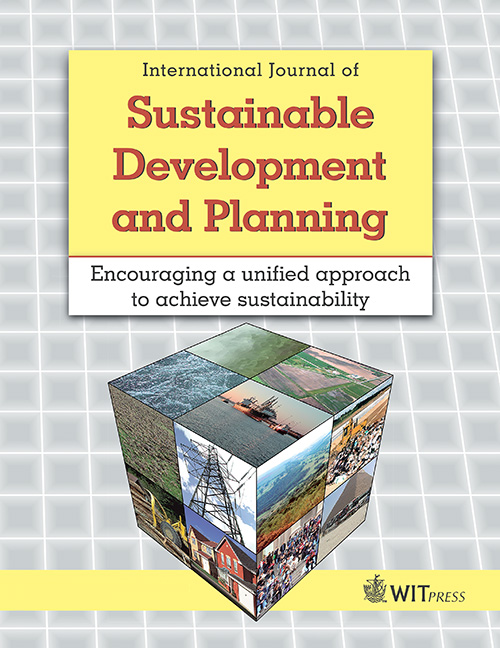INTEGRATED WATER RESOURCES MANAGEMENT AS A TOOL FOR DROUGHT PLANNING AND MANAGEMENT IN BOTSWANA: A DIAGNOSTIC APPROACH
Price
Free (open access)
Volume
Volume 1 (2006), Issue 1
Pages
14
Page Range
61 - 75
Paper DOI
10.2495/SDP-V1-N1-61-75
Copyright
WIT Press
Author(s)
P.K. Kenabatho & M. Montshiwa
Abstract
Water is an essential resource affecting many aspects of development as well as the natural environment. Development, planning and management strategies of this resource should therefore be effective if drought and other extreme disasters are to be minimized. Sustainable water resource management must also balance between the short-term needs of the people for their social and economic development and the long-term protection of the natural resource base. Therefore, there should exist an enabling environment in the form of policies and legislative frameworks which are flexible and more integral, institutional frameworks that allow for infusion of stakeholders into water resources planning and management strategies through capacity building and empowerment, and sound management instruments geared towards efficient use of water through a water-oriented society and information sharing support systems. These are captured under the concept of Integrated Water Resources Management (IWRM)—a process that promotes the coordinated development and management of water, land and related resources in order to maximize the resultant economic and social welfare in an equitable manner without compromising the sustainability of vital ecosystems. This is a challenge to any nation that desires to meet the aspirations of the United Nations’ water-related Millennium Development Goals by way of providing equitable access to water of acceptable quality and quantity. In investigating strategies for effectively planning for and managing the effects of drought, which are eminent in Botswana, a diagnostic approach using IWRM was adopted. Also, a few lessons and experiences drawn from some countries within and outside the Southern African region were provided as possible models that can help contain the effects of drought in Botswana. The paper concludes that with the current fragmented, uncoordinated institutional and legal arrangements in water resources management, there is an urgent need to go the route of integrated water demand management as envisaged in the overall concept of IWRM.
Keywords
enabling environment, institutional roles, integrated water resources management, management, instruments, water demand management.




